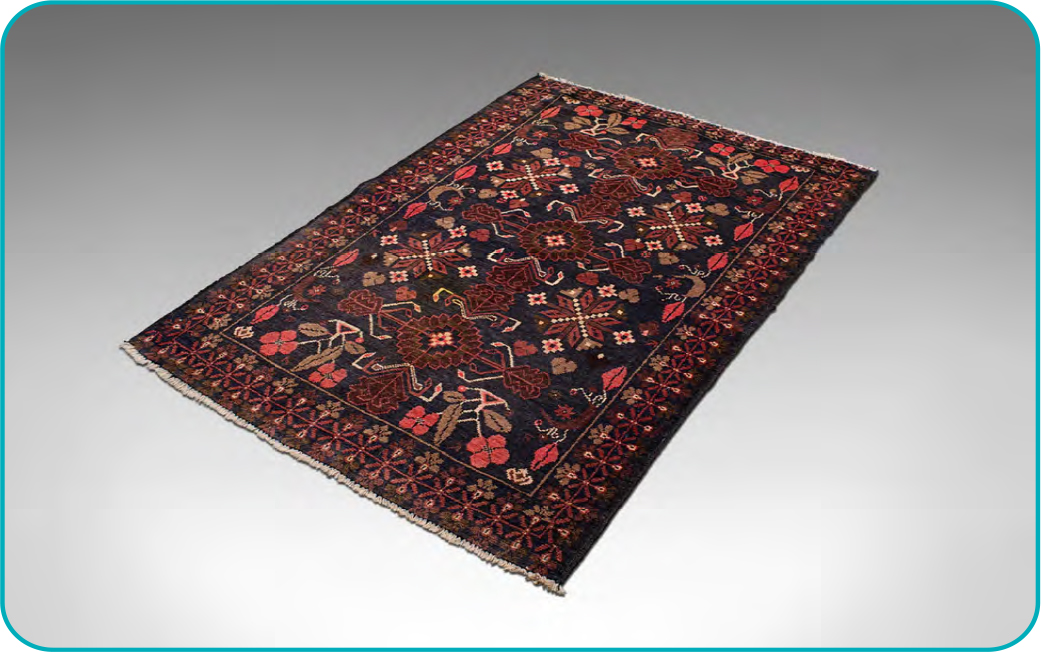The Exponential Growth of Underinsurance
As 2023 drew to a close, I look back on the year and reflect on the subjects I have found myself discussing most and even on the morning of the 27th of December at 9am I received a call from a long term client of ours whom is not only well respected, but incredibly astute, and this case highlights without a shred of doubt, the biggest problem in our collective industry currently.
A client of theirs is looking to insure a collection of jewellery with insurance values ranging from £1,000 – £20,000 – individually not huge sums, but collectively a significant amount. The figures have been gathered through somewhat standard avenues of what was paid for the item and “what we think it is worth/or worth to us”.

In my estimation, the collection is probably underinsured by a figure close to 50%, and on some individual items, close to 75%. We are now working out when we can get to the client as soon as possible in the New Year.
Whilst it may have been considered the ‘elephant in the room’ for many years, brokers and insurers are now discussing the problems that underinsurance can cause. We all know that the implications of underinsurance can be catastrophic, but how do we pass that knowledge on to clients and give them the knowledge that they need to make an informed decision about their cover, and having a professional valuation?
A recent example occurred during the summer, of which I was part of the team assessing a large estate that had been inherited from parents of a well known farming family. The figures provided were done so in the mid 1990s, and index linked from that date, with a figure of around £250,000 for the entire contents of the property.

Following the valuation, the figures were certainly surprising to the client, and the broker.
- A general contents figure of £200,000
- An antiques and collectibles figure of £210,000
- A silver figure of £101,000
- An art figure of £210,000
What astounded me is that despite being a heritage property, the insured still had all the contents in one general contents pot, with no specific categories indicated on their policy. Following the valuation, the client and broker now have a far better image of what they are insuring with correct figures for different areas, representing far better value for the client and a far better risk evaluation for the broker and insurer.
A recent survey completed by one of the biggest insurers of hight net worth clients in the United Kingdom has revealed that 67% of their clients need more guidance and assistance with their collections. This offers great potential for brokers to have the conversation with their clients about how they can help and offer an ever greater service.
What is clear is that the market is changing, with people’s tastes moving from more traditional avenues of collections and investment. The same survey indicated that 44% of high net worth clients invested in jewellery, and the same percentage in watches, which have both seen exponential growth in the last decade.

The great opportunity that a valuation always offers for the client is not only knowing the value of specific items within their collections, but also the figures of the collection total in addition to the individual items mentioned previously, so one can gather a ‘snapshot’ of the property.
So, should the subject of under insurance still be swept under the rug? Well, if its increased in value by 60% in the last five years, probably not.







